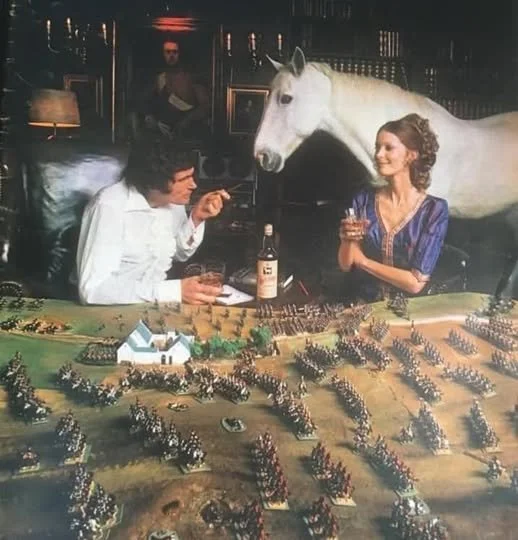Q13: Barad join the Ursid
/Regular visitors will know that one of the sci-fi armies that I use for Quadrant 13 is the Ursids: effectively bears-in-space-with-guns!
I have Stan Johanson’s Lesser Ursids and Khurasan’s Greater Ursids already, so it was really only going to be a matter of time before I added Trilaterum’s Barad as well.
Let’s start with a size comparison:
L to R: Barad - Greater Ursid - Lesser Ursid - Human
As you can see, the Barad tower over even the Greater Ursids, and make the hapless Mexican Juarista infantryman on the end seem absolutely teeny-tiny in comparison. An example of either significant scale creep or another example of humans being the shortest species in the known universe!
So the models are big, but don’t let that put you off: they are also exquisite and full of character. Here’s a whole platoon of the little beauties:
Barad “Den Infantry” Platoon
I very much like the oriental look of the Barad: samurai armour and a type of kasa which is what I think the straw farmer’s hat is called in Japan (rather than the more elaborate jingasa).
Besides their standard assault rifle, the Barad also carry a Tri-Barrel infantry support weapon that is fielded both as part of an infantry squad and in separate support teams.
The Tri-Barrel: when a BFG is just not big enough
Now I’m not a great believer in co-incidence, but those familiar with the Stan Johanson Lesser Ursids will know that they use circular disc-like hover platforms to get about…and so do the Trilaterum Barad.
I don’t know if this is indeed a happy accident, deliberate, or perhaps even an homage, but it’s great for the consistency of my total Ursid force.
Here’s a squad of Barad Air Cavalry on their grav discs:
The basing is all provided when you buy the pack: much appreciated
Very tasty!
Some sci-fi manufacturers would leave it there, annoying those of us who want to field a company-sized force that would need the odd support weapon as well.
Step up the Barad Artillery: really large canon mounted on a grav disc:
You’ll note another happy co-incidence: Khurasan’s Greater Ursids nearly all sport sun glasses and, as you can see in the pictures above, many of the Barad do as well.
It’s a nice touch, and means adding a little chrome to the Ursid army list is easy: Ursids of all shapes and sizes have eyes that are senstive to bright light.
So there you have Trilaterum’s Barad, now part of my Ursid force and ready to take to the field.
Highly recommended, even if they are absolutely huge!
If you go down to the woods today…











































































































































